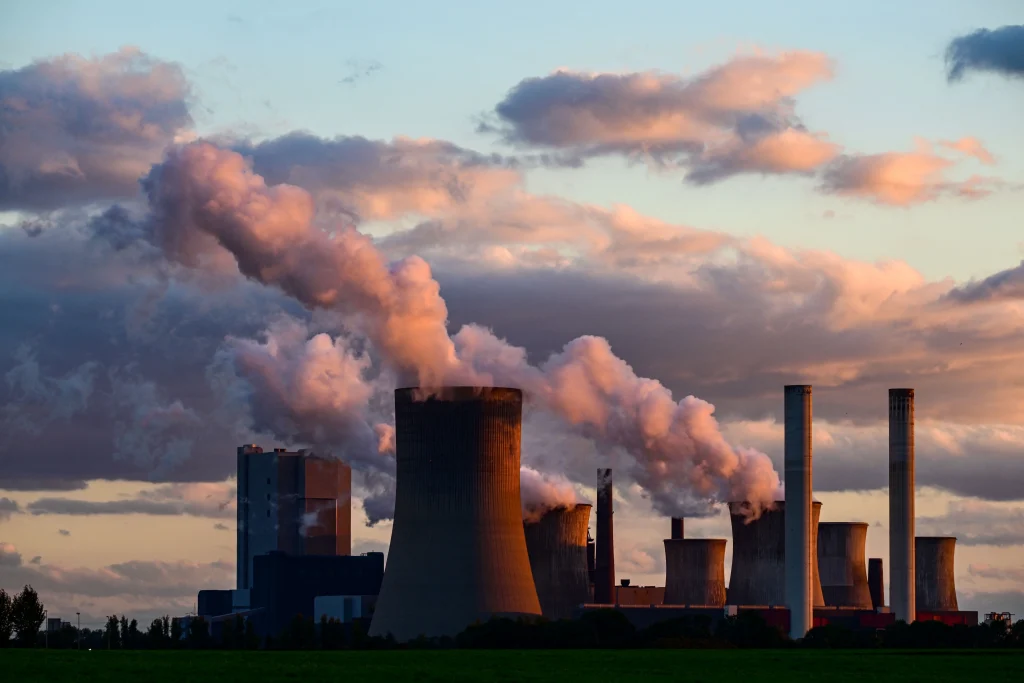Kudos to the digital economy, now an undisputed booming business creating tens of millions of jobs, sustaining robust economies, dissolving physical territorial boundaries, and bringing humanity closer together.
Those with access to digital devices truly understand why we call this world a global village. They can easily connect with the rest of the world, understanding the opportunities and challenges faced by others in distant countries.
However, the digital divide has also highlighted the visible and invisible barriers to accessing these services. More importantly, it has made us aware of the digital carbon footprint left behind by these devices, of which few are even conscious. The digital carbon footprint is assessed through the manufacturing, transportation, storage, distribution, application, and ultimately the disposal of these digital gadgets.
In all these processes, water, energy, emissions, and storage play a part in evaluating the digital carbon footprint generated. This discussion retraces the carbon footprint unleashed by the digital economy and suggests what to do about it.
Also, read: A Critical Plan: Strategizing the Decarbonization of the Maritime Industry in Tanzania
The digital economy is here to stay, and there is nothing we can do to change that. As digital technology becomes more powerful, its carbon footprint becomes a matter of concern in the overall effort to combat global warming, now considered the greatest threat to the sustainability of the earth and all living things.
What is the Digital Carbon Footprint?
A digital carbon footprint refers to the environmental impact of digital technologies and online activities, including the emission of greenhouse gases (GHGs) and energy consumption associated with using and operating digital devices, networks, and services. It encompasses the carbon emissions generated throughout the lifecycle of digital technologies, from manufacturing and distribution to use and disposal.
In the past, IT decisions were primarily influenced by cost and workload placement factors. However, the urgent threat of climate change, with its potentially catastrophic consequences, has shifted priorities.
Promoting sustainability and protecting the climate have become critical priorities for businesses, significantly impacting corporate governance. As a result, executives need to adjust their company’s objectives to strive for carbon neutrality and actively contribute to reducing global warming.
Everything we do online or on our digital devices impacts the environment. It’s not just electricity usage that matters, especially when considering the carbon footprint of organizations. Water usage in data centers is also a concern, and organizations seek smart ways to reduce both power and water consumption.
They also need strategies to reduce e-waste, which consists of electronic devices and other hardware containing toxic chemicals and hazardous materials that can leach into groundwater and soil.
Also, read: Tanzania Eyes USD 1 Billion Windfall From Carbon Trading, But Questions Linger…
Internet pollution and carbon emissions from data centers must be reduced because digital technologies’ unchecked carbon footprint could lead to serious environmental challenges.
A Glance at the Digital Carbon Footprint
Interestingly, TikTok has the largest carbon footprint among social media applications, emitting 2.63 grams of CO2 equivalent per minute for each active user. With over one billion registered accounts, it generates significant carbon emissions.
Netflix’s carbon footprint in 2020 was 1.1 million MT, equivalent to a city with 150,000 homes! A streaming service on your TV for one or two hours a day each year uses enough electricity to run your fridge for half a year. Data from the Digital Economy Report 2024 published by the UN Trade and Development shows that TVs are responsible for around 595 kg of carbon dioxide equivalent during their use phase.
A desktop computer burns 545 kg of carbon dioxide equivalent, 85 kg for a laptop, 20 kg for a tablet, and 8 kg for a smartphone. Desktops are the worst offenders among analyzed devices, producing 948 kg of carbon dioxide equivalent per item, closely followed by TVs at 897 kg.
The digital economy contributes to more emissions and waste and increases energy demand, which is not always satisfied by renewables. The median estimate for data centers, AI-connected offerings, and cryptocurrency mining was 415 TWh in 2022, significantly higher than the United Kingdom’s demand and on par with France’s electricity consumption. According to a report by the International Atomic Agency, this figure could rise to between 620 and 1,050 TWh by 2026.
In the US, where more powerful computer chips will be manufactured following the Biden administration’s stimulus package, fears are growing that energy demand will also grow disproportionately, turning domestic consumers into victims.
AI-powered manufacturers are in serious negotiations to strike long-term deals with nuclear-powered energy suppliers. AI-powered manufacturers can afford higher energy tariffs, while domestic consumers cannot. In this tug-of-war, domestic energy consumers could be the casualties.
The Future Ahead
Water, energy, emissions, and disposal technologies will be at the center of attention as we navigate the future of digital evolution. We know we need digital devices, but we also understand we must create technologies to mitigate the challenges they generate.
For starters, we need to be conscious that the future of computer chips lies in powerful chips that need less energy. Shifting to renewables to power computer chips is part and parcel of lowering emissions and reducing the carbon footprint from using digital devices.
Technologies that facilitate reuse, recycling, and reducing the end product of digital devices will go a long way toward tackling the menace of waste caused by our appetite for modernization.
We must remember that solving one problem often creates new ones. As the saying goes, “Problems never end; they only change shape,” and this holds true for yesterday, today, and tomorrow.


Vitazen Keto Gummies Awesome! Its genuinely remarkable post, I have got much clear idea regarding from this post . Vitazen Keto Gummies